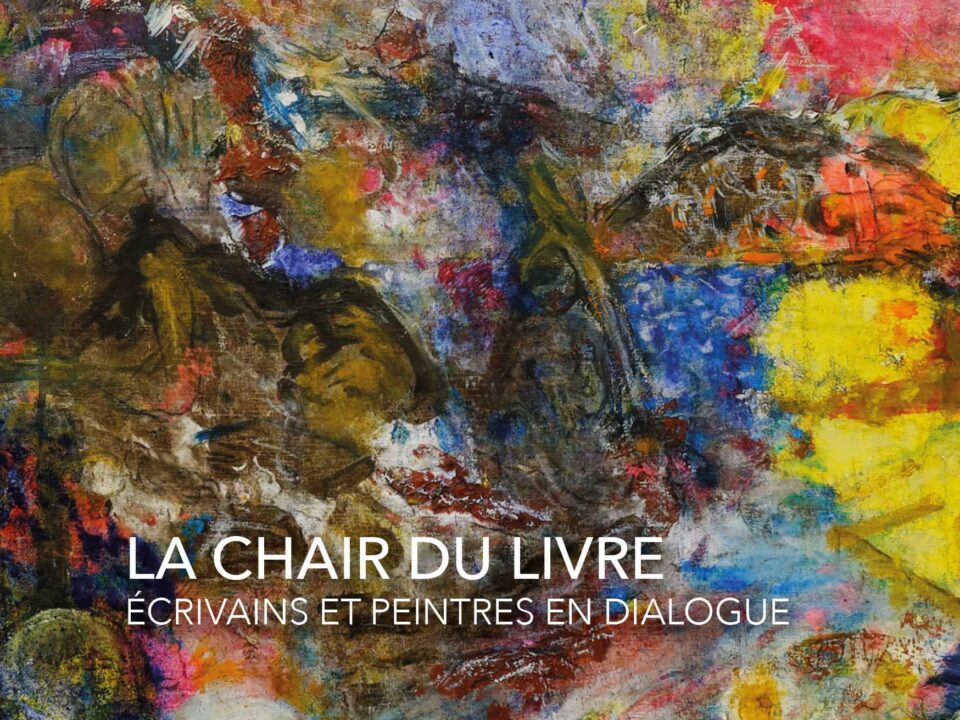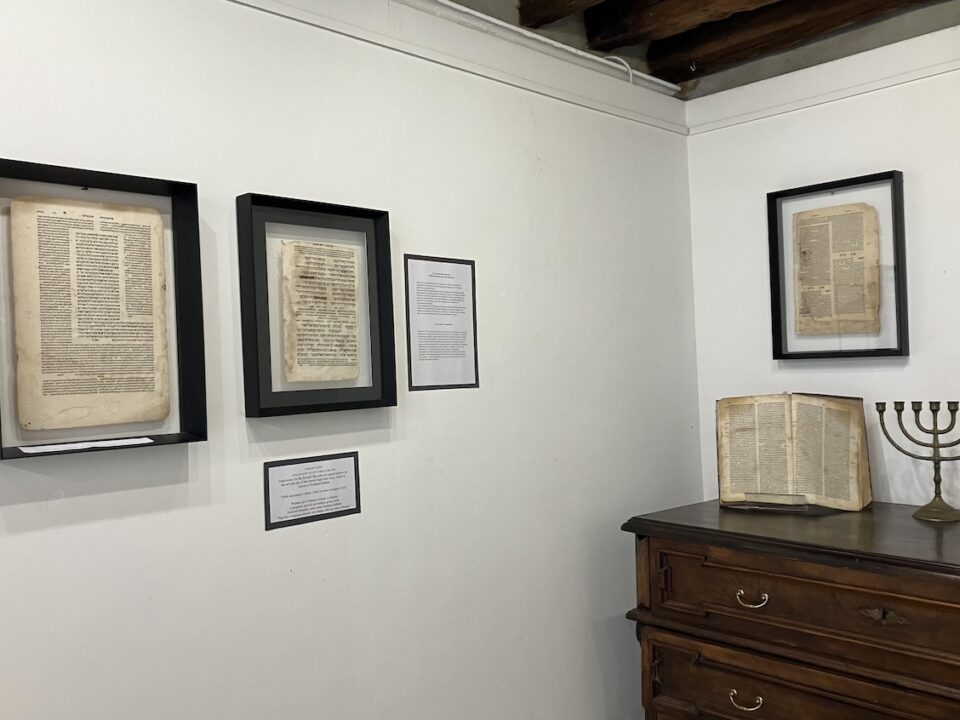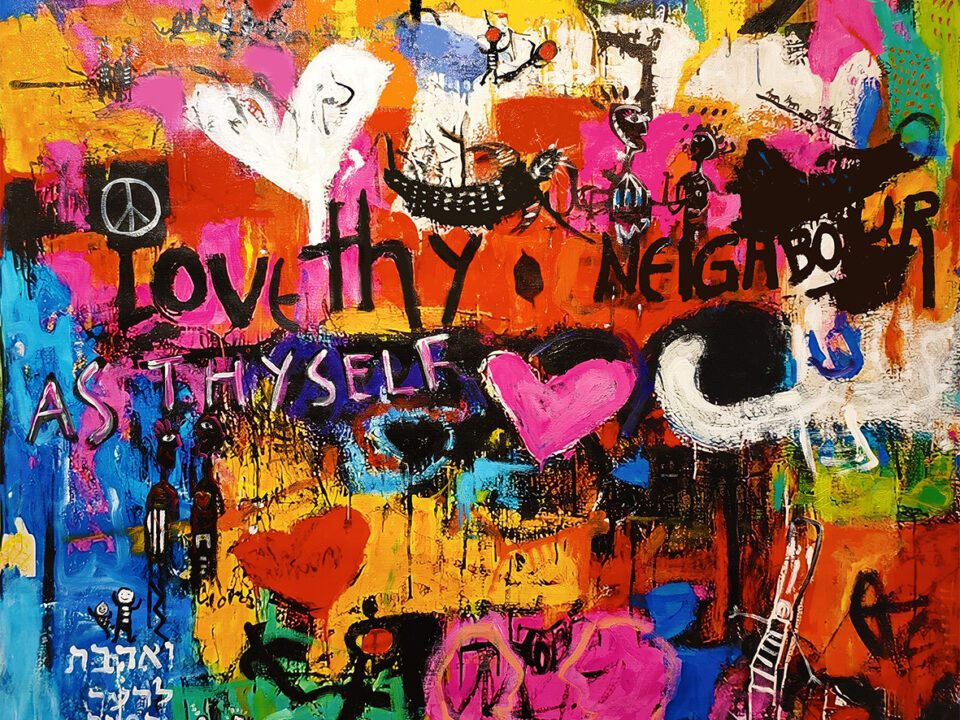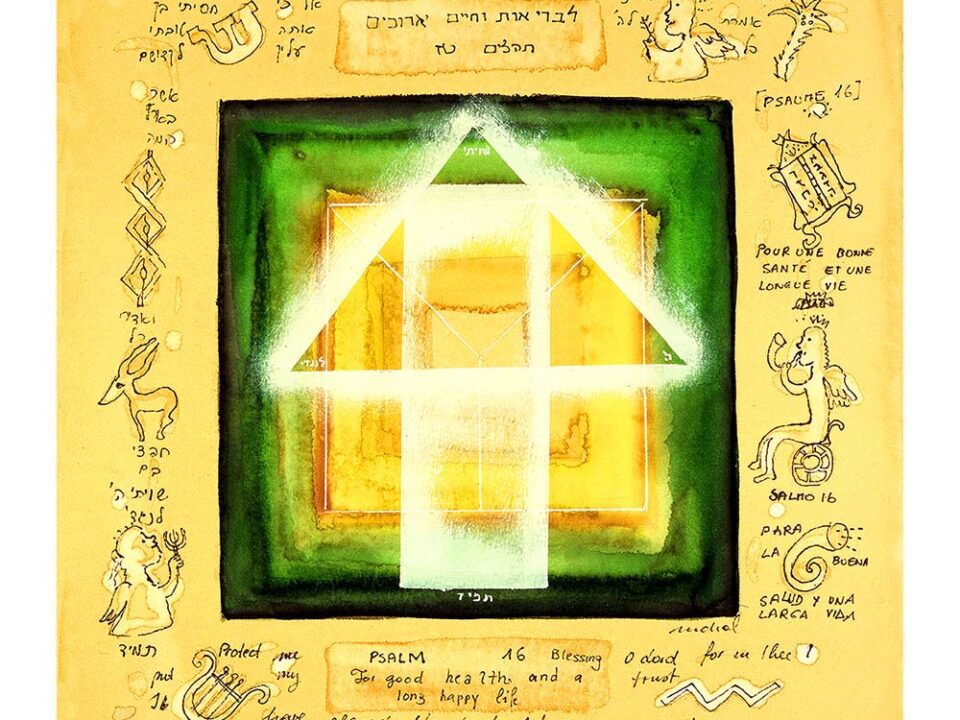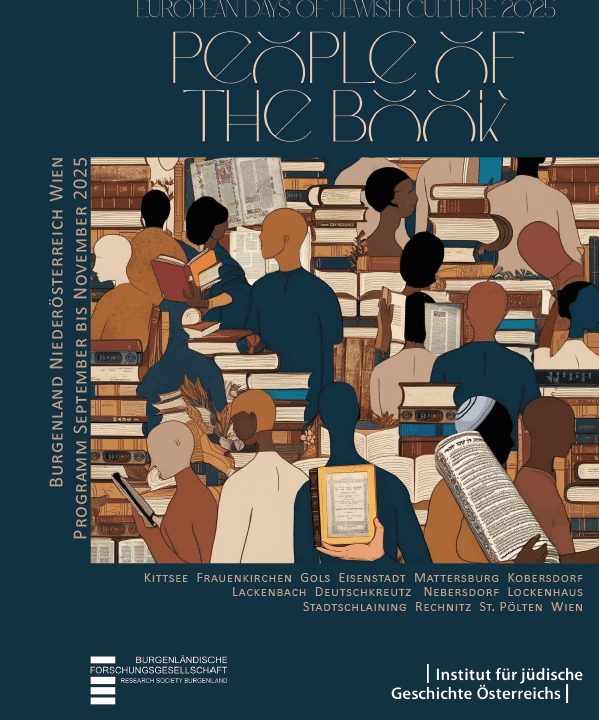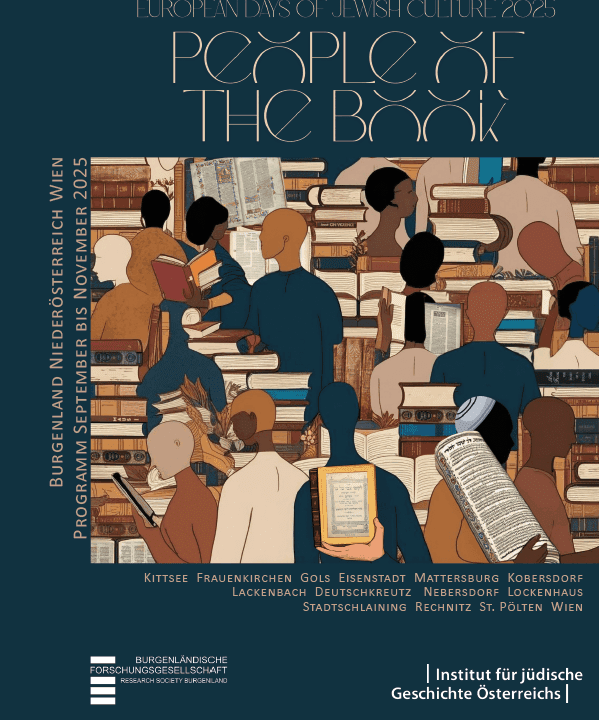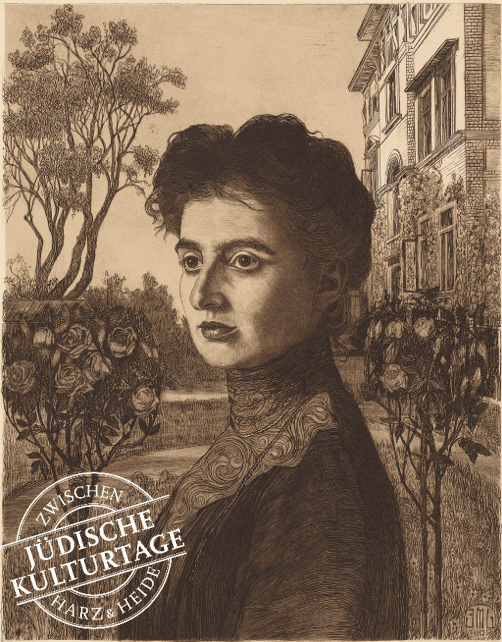« La littérature, c’est de la peinture vivante » disait Emile Bernard. Cette grande aventure picturale, cette quête essentielle se nourrit aussi de la matière même du livre, transcendée par la main de l’artiste, un reflet du divin. Le texte et la toile, en constante émulation, fondent l’expérience unique de la création. Le livre, tout comme le tableau, n’est pas un objet abstrait ou forme idéale mais enveloppe charnelle, matérielle, sens, écriture de l’esprit et du corps. De telle sorte que la présence de la Lettre surgit, s’incorpore au papier pour, suivant le mot de Paul Klee, rendre visible l’invisible. Rendre visible est l’œuvre de l’écrit, tant profane que sacré. La galerie Saphir présente une exposition unique par les imaginaires et les affinités électives. Ainsi que dans Les Vies parallèles de Plutarque, une destinée se projette dans une autre destinée. Entre métaphore et reflet, miroir des émotions, des mondes riches d’images et de mots mettent en regard Chagall et la Bible, Wifredo Lam et José Pierre, Serge Kantorowicz et Victor Hugo, Balzac, Paul-Emile Colin et Edgar Poe, Sergio Birga et Kafka, Hubert Haddad le peintre écrivain sans frontières, Roberto Matta et l’univers d’André Breton. La révélation métaphysique imprègne l’existence et les caractères d’une chair spirituelle du livre avec Sarah Benhaïm dont les enluminures restituent l’essence des Psaumes.

